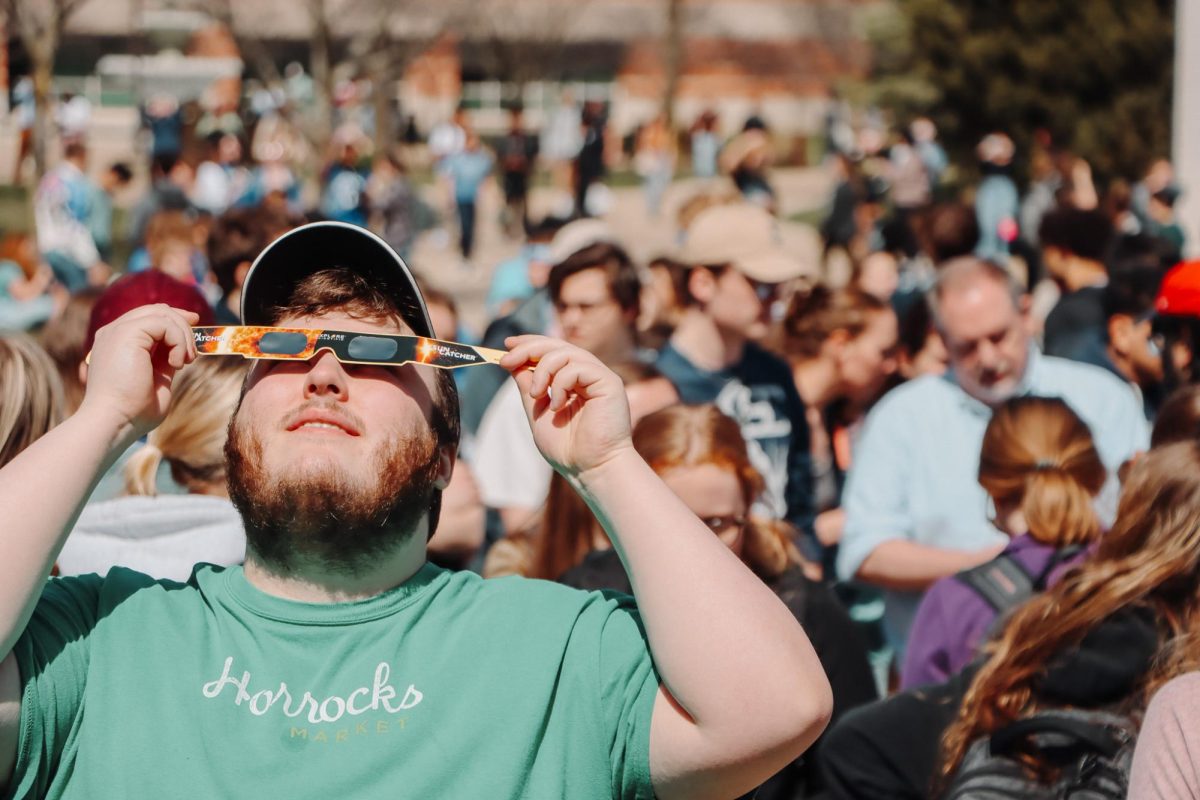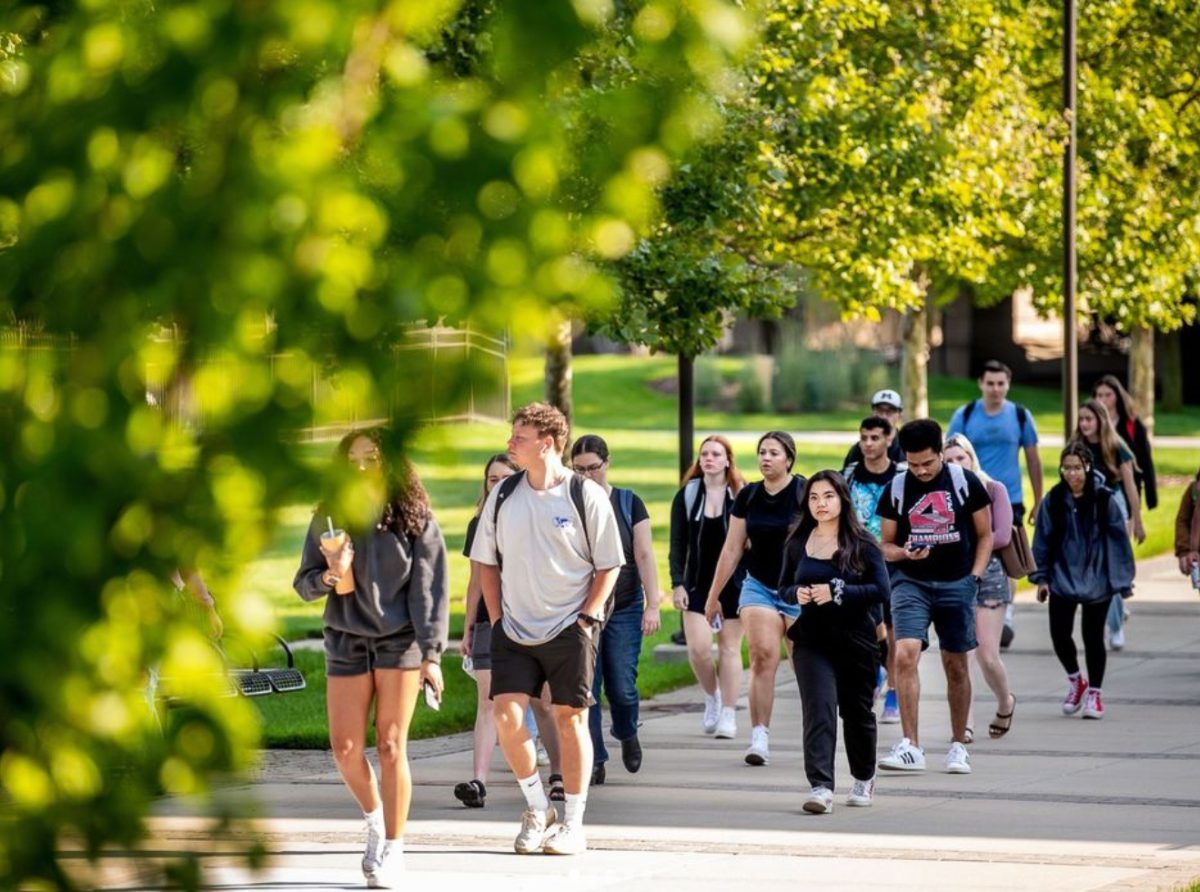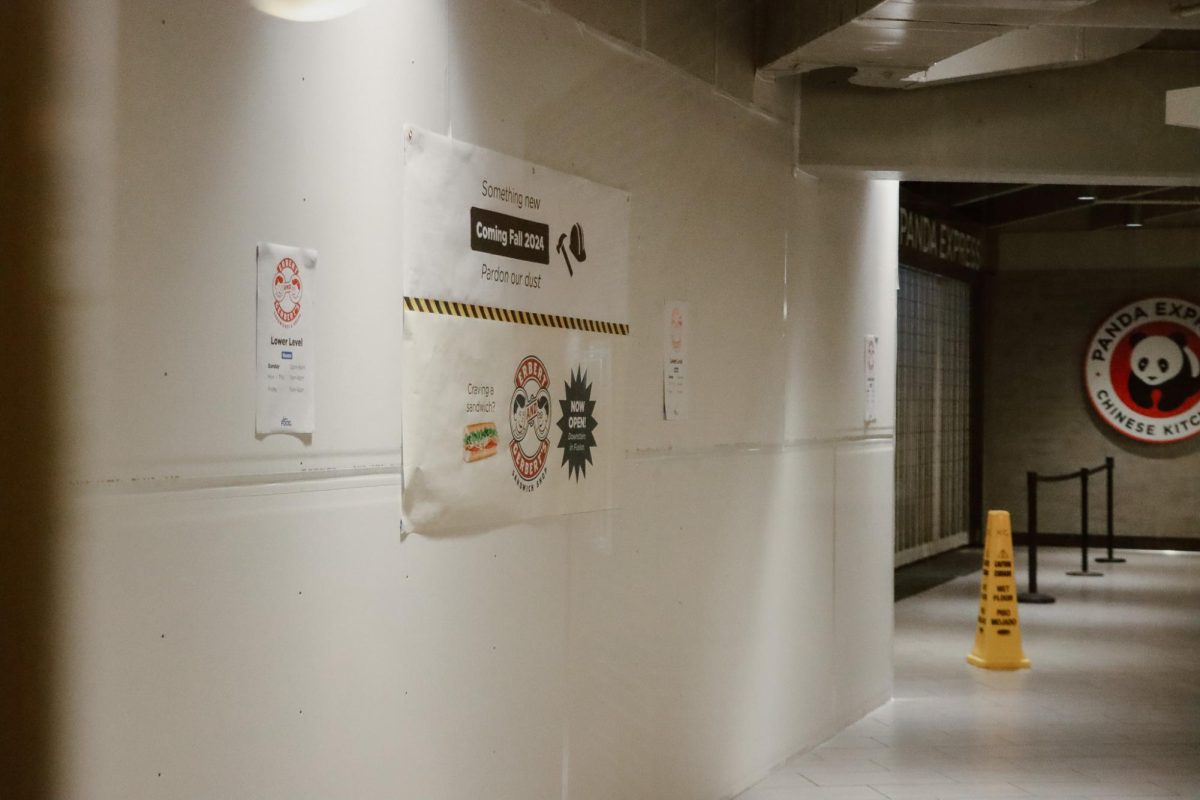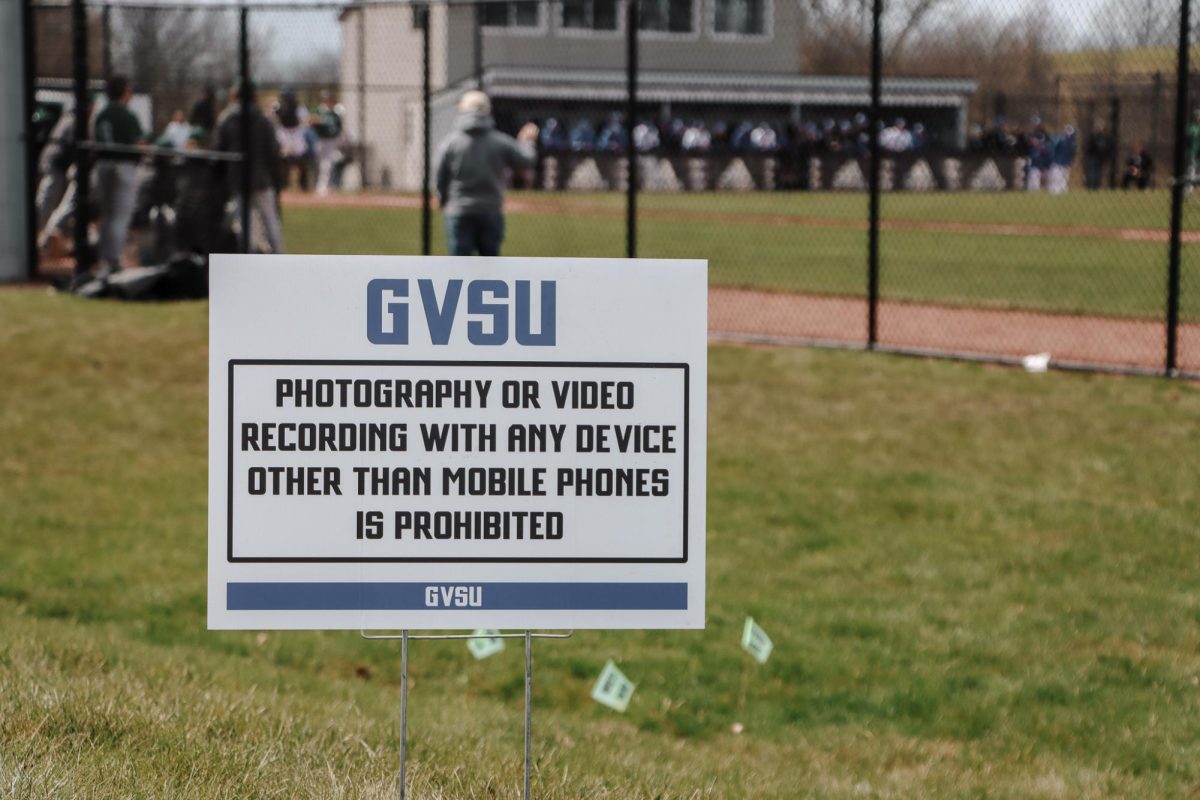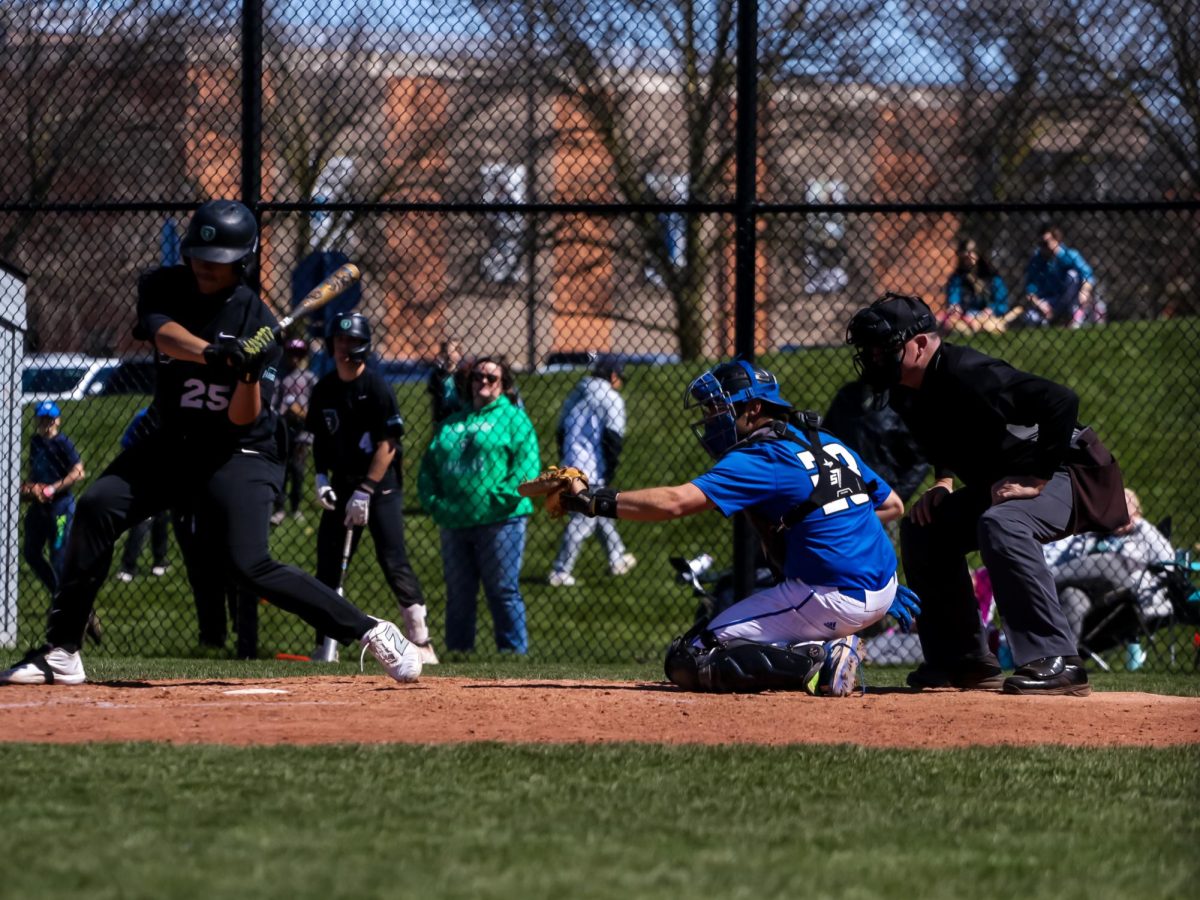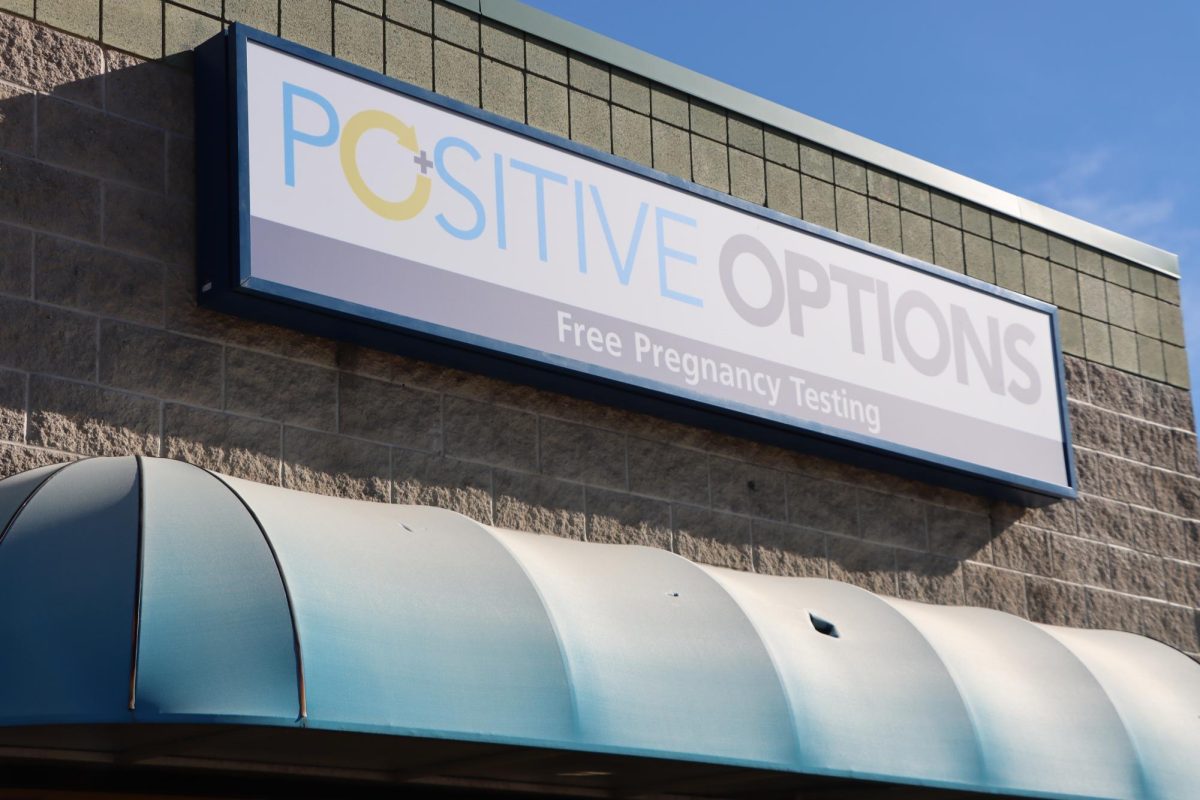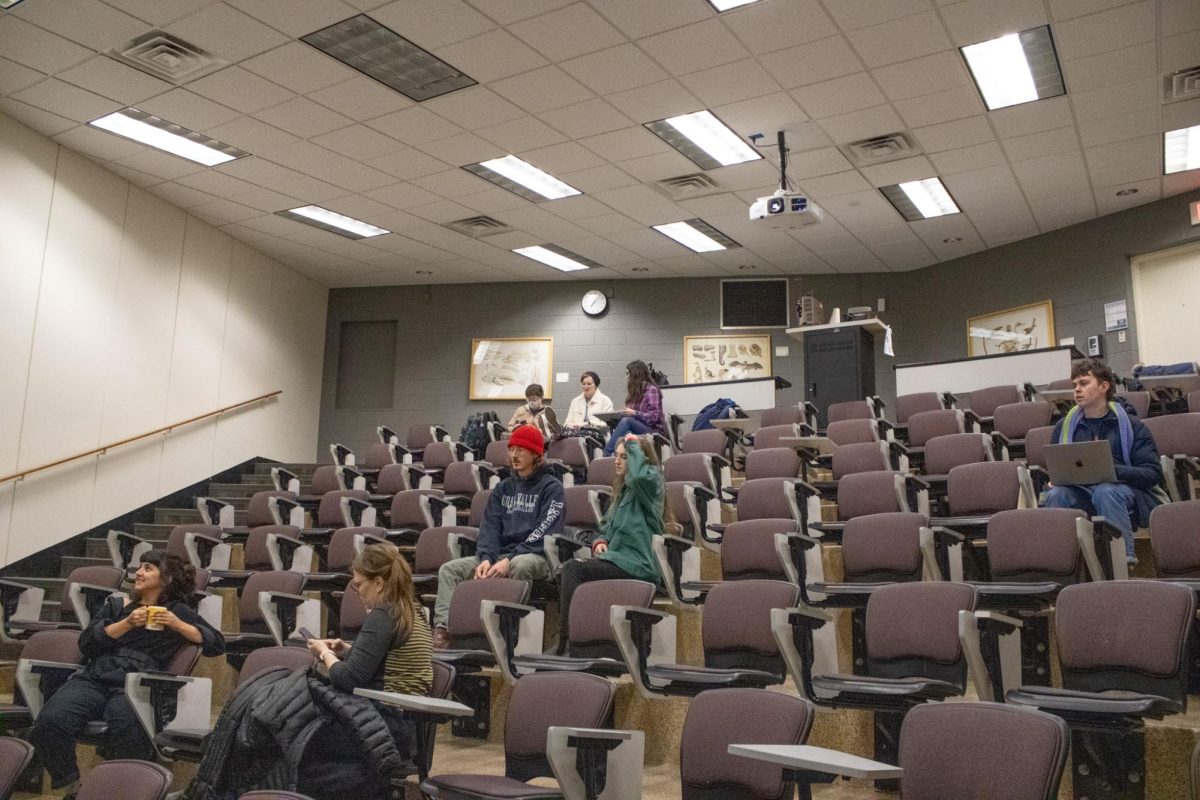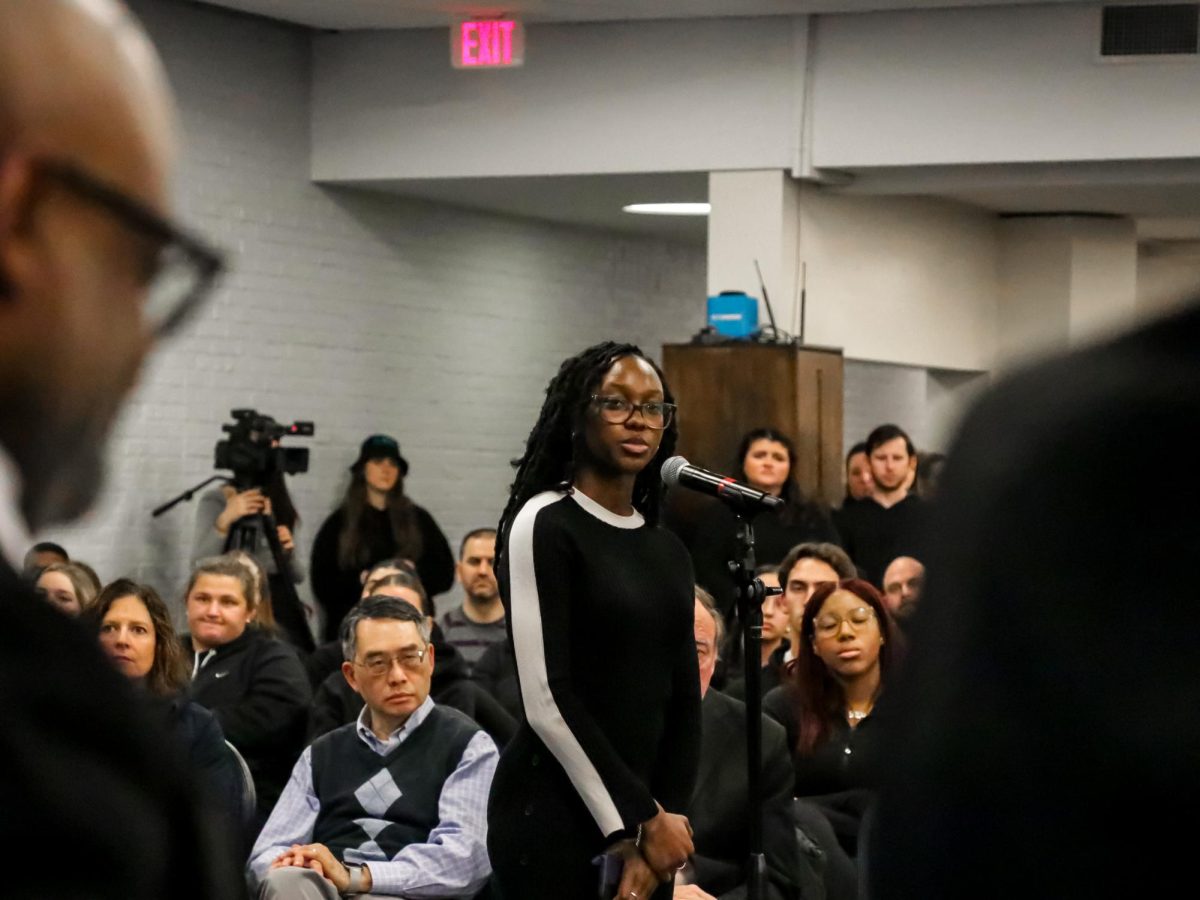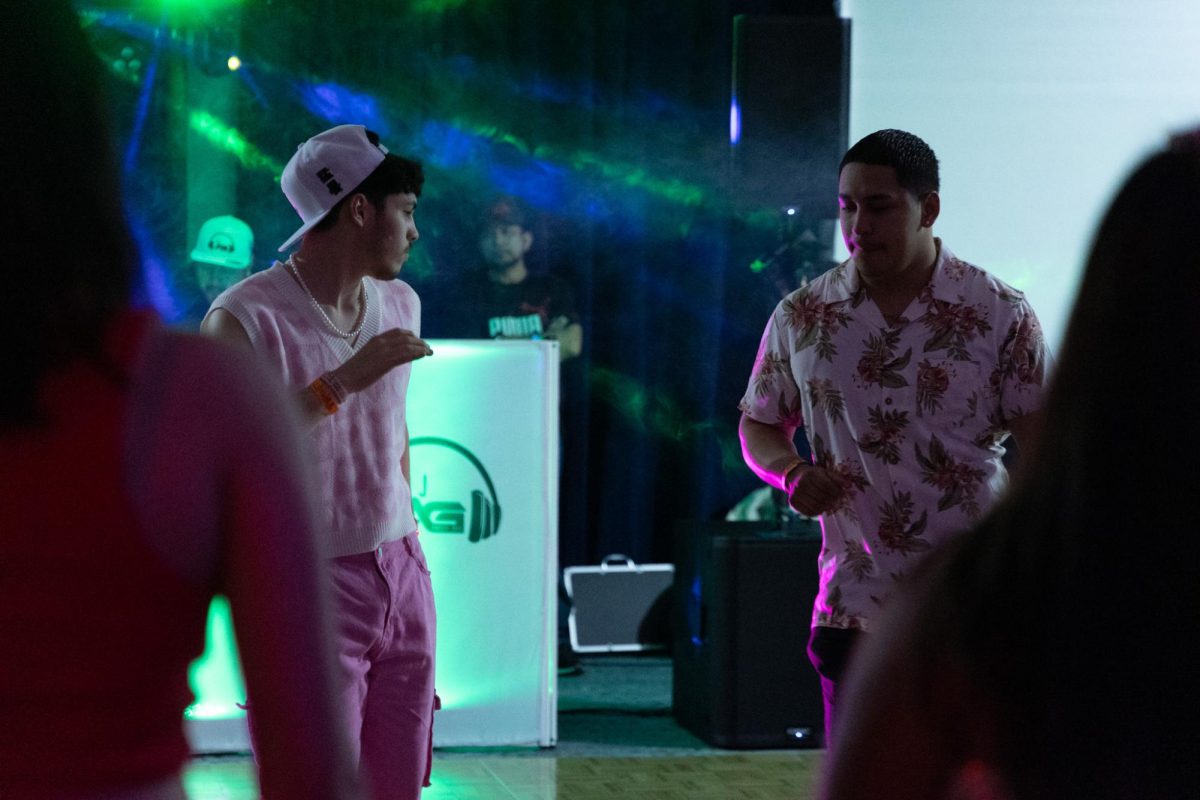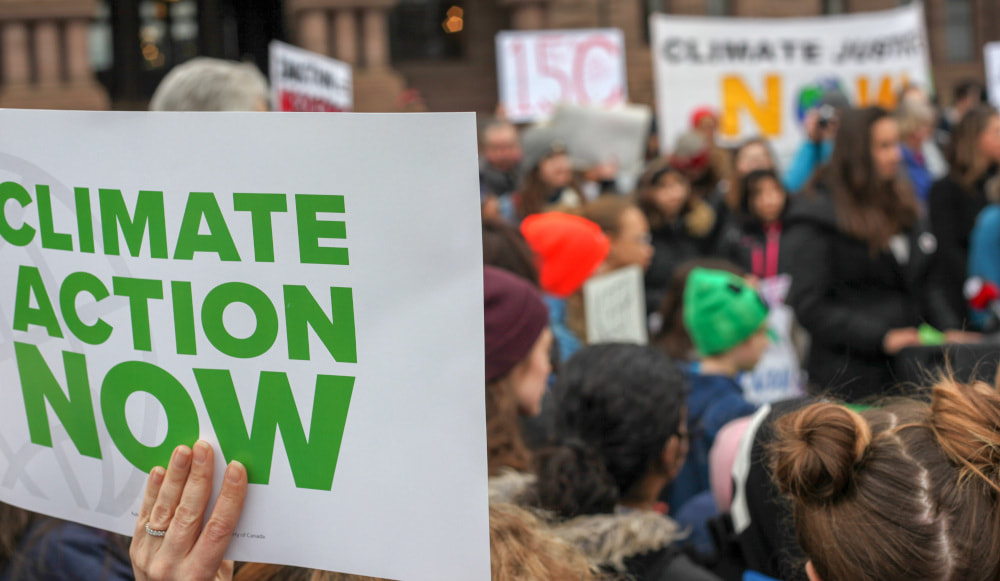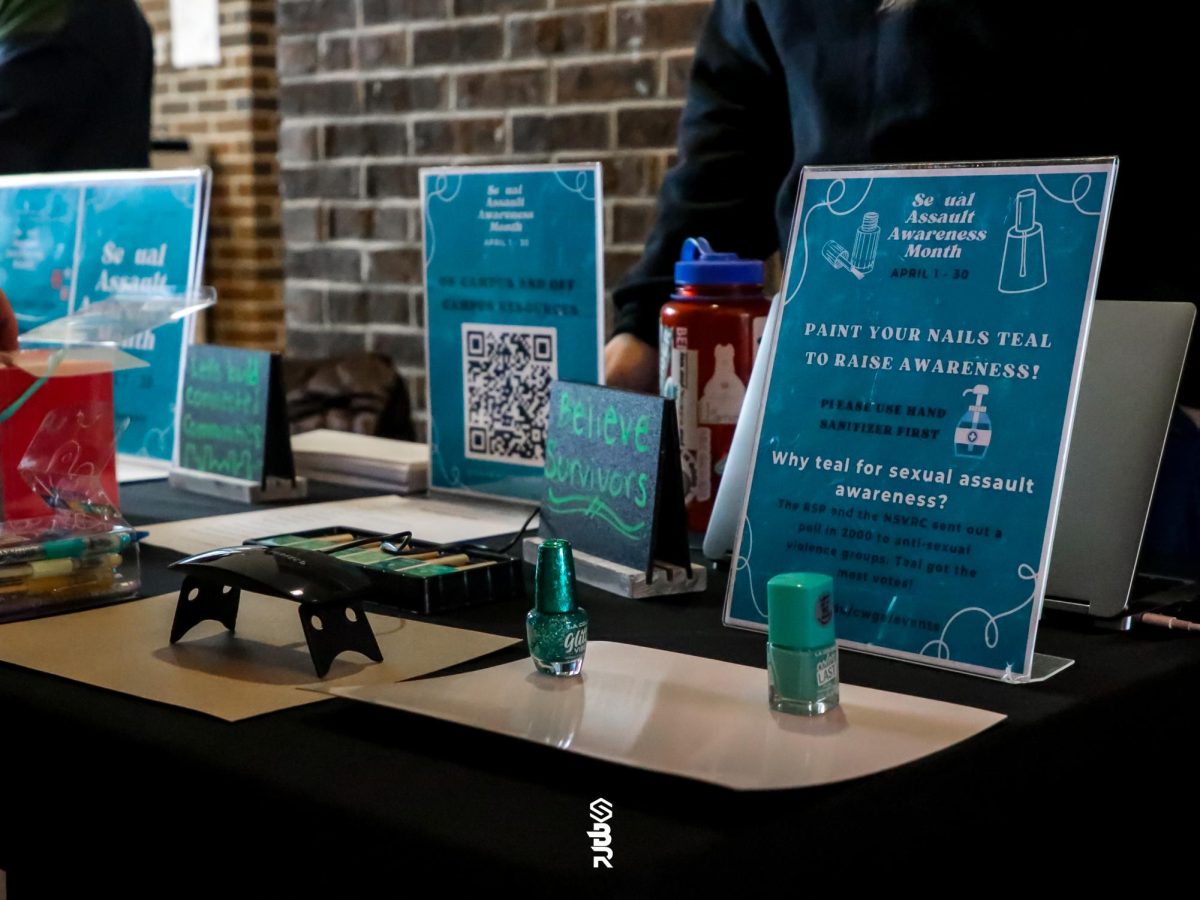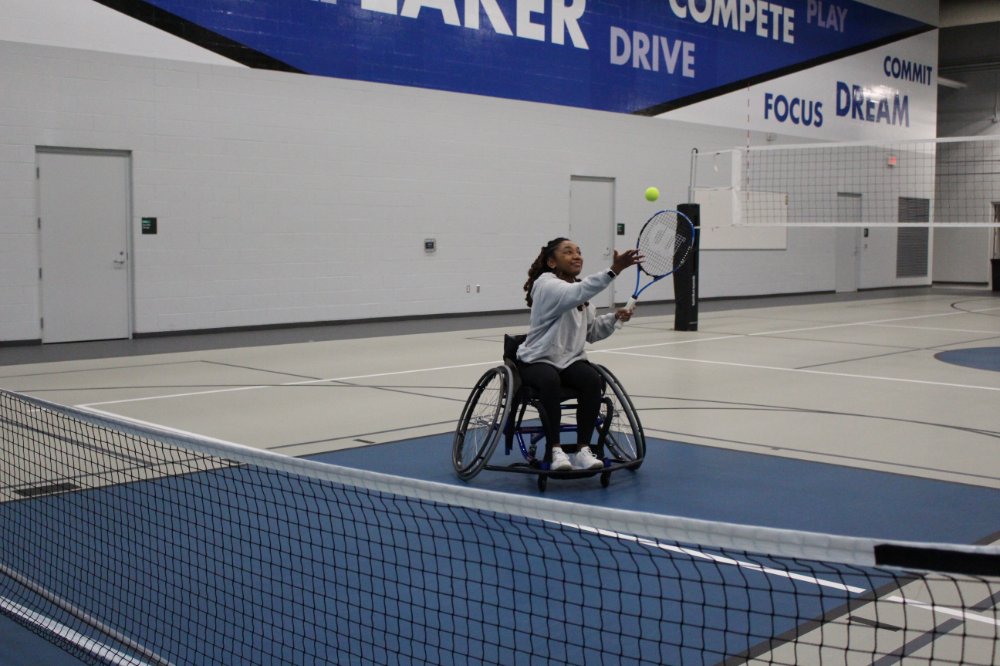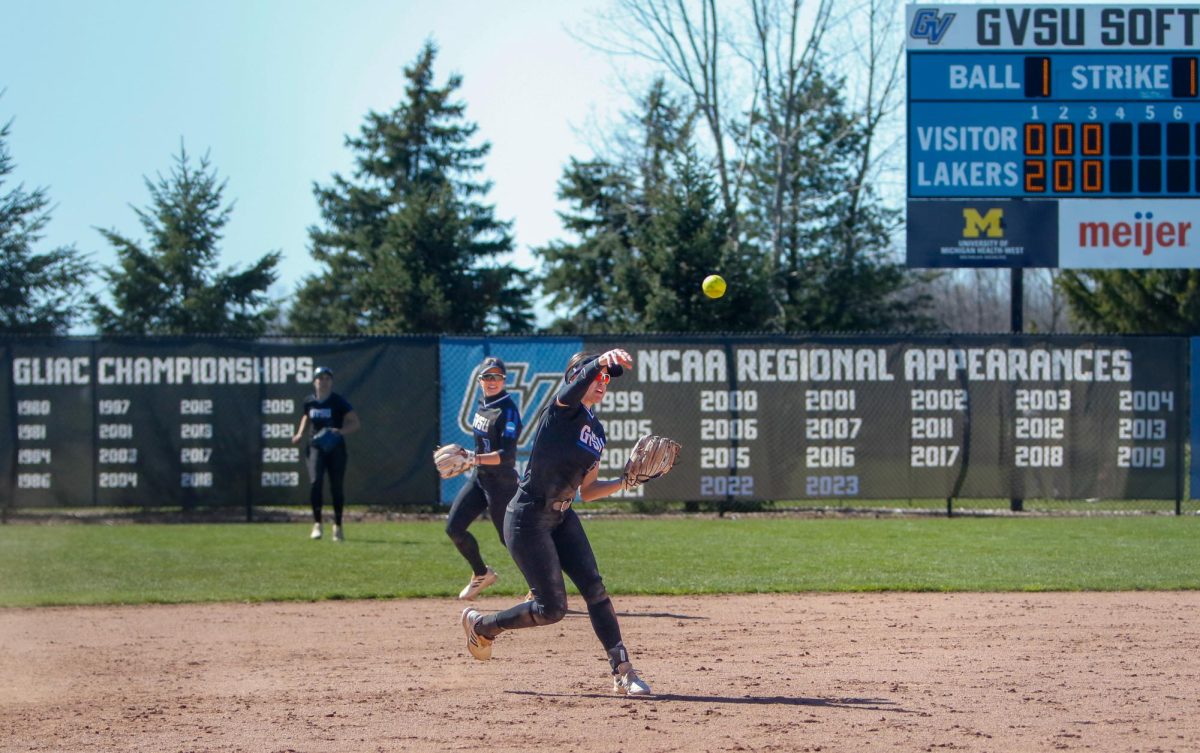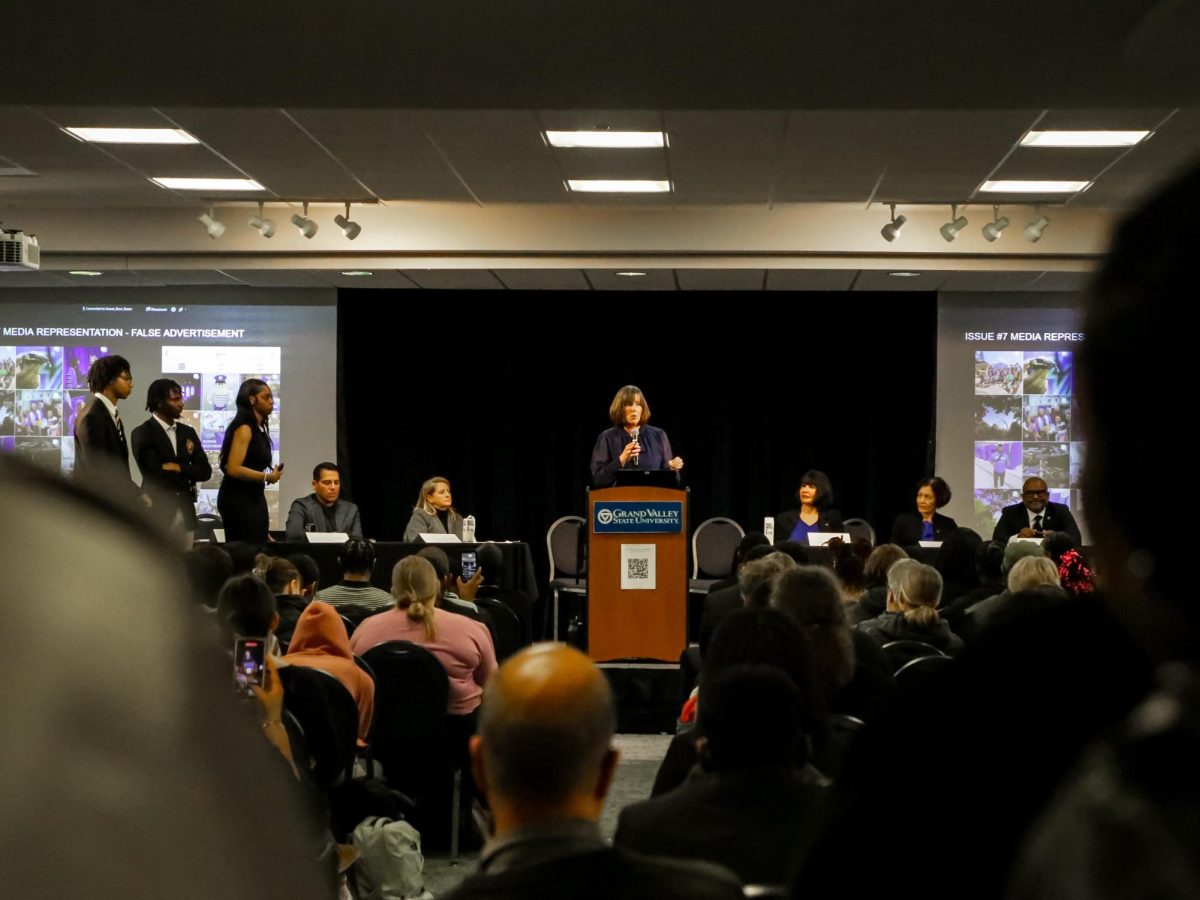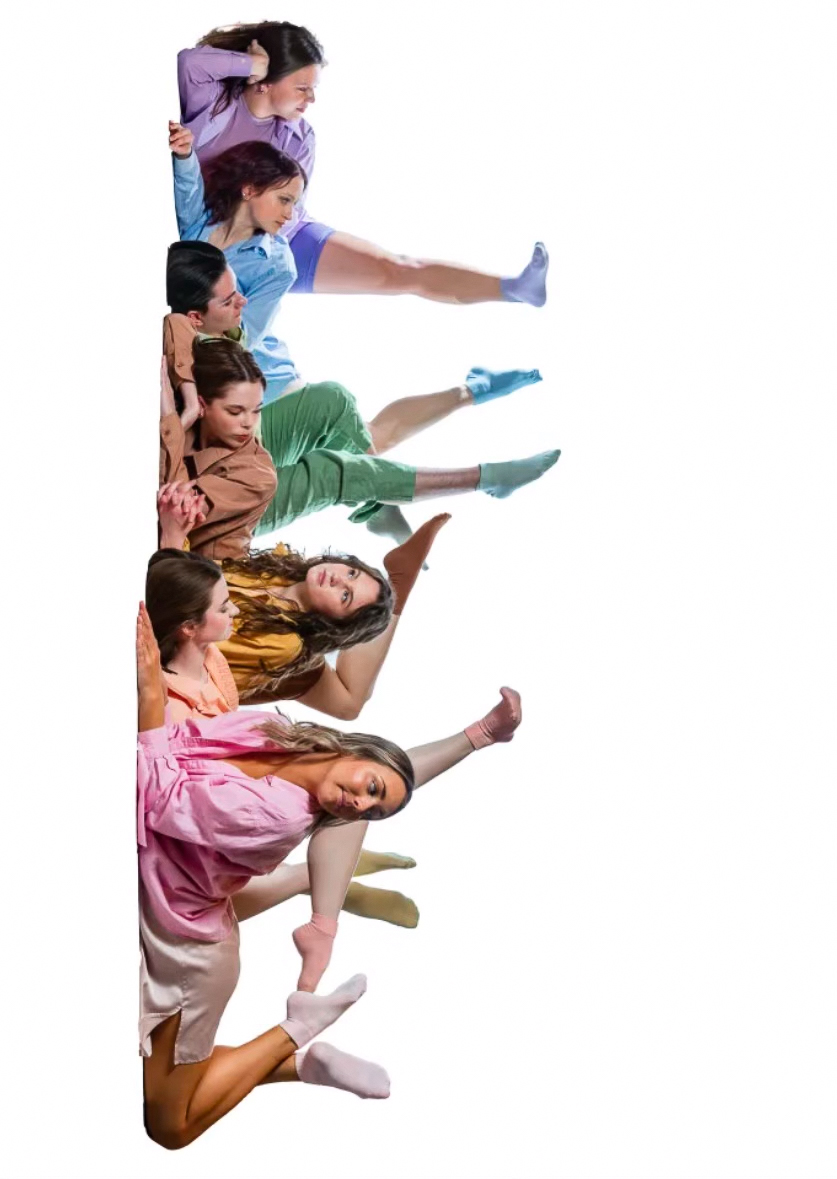Interfaith Exposure
Feb 6, 2014
Grand Valley State University has made large strides in the last few years when it comes to encouraging religious coexistence. In 2012, the university helped host Grand Rapids’ Year of Interfaith Understanding. Additionally, the Brooks College of Interdisciplinary Studies debuted its religious studies major and minor in 2012, and the program has since added new courses to get at issues of interfaith conflict, such as this year’s Diversity and Dialogue in an Age of Religious Conflict class.
GVSU should be commended for its newest program: the national Ravel/Unravel Campaign. In March, the Kaufman Interfaith Institute and University Libraries will bring the campaign to campus to promote interfaith understanding. The goal is to create 100 videos that ask questions to interviewees about their faith in order to overcome religious stereotypes and “put a face to faith.”
It seems that these sorts of initiatives couldn’t have come at a better time. Last month, Pew Research Center released a report noting that worldwide social hostilities regarding religion reached a six-year high in 2012.
Pew found that from 2007 to 2012, countries in which women were harassed for their religious garb more than quadrupled from 7 percent to 32 percent. Countries in which religious minorities experienced abuse almost doubled from 24 percent in 2007 to 47 percent in 2012. And 39 percent of countries in 2012 (more than double of 2007’s 18 percent) played host to violence or threat of violence in an effort to force people to conform to religious norms.
Compared to 45 percent in 2007, about 74 percent of the global population in 2012 lived in areas of the world where social hostilities regarding religion were measured to be “high” or “very high.”
The anecdotes behind these numbers are perhaps more convincing of the need for worldwide interfaith understanding. Google “religious violence” today and it will dig up news stories of Nigeria and the Central African Republic. Next week, we might hear more about Iran or Israel/Palestine or any one of the other regions that has been ranked high on the to-do lists of religious peacemakers around the world.
Much of this violence is the result of dehumanization. People think of one another as less than human because they cannot relate to their worldviews and thus cannot empathize with their plights.
Religion is an aspect of our culture and socialization that we cannot escape. It permeates all other aspects of our lives, whether we are conscious of it or not. For many, the schism they find too wide to cross when conversing with those of other faiths comes from a lack of basic understanding of the other party’s religious foundations.
It is essential to become more religiously literate if we intend to make legitimate strides in decreasing religious violence and prejudice.
GVSU’s efforts to encourage people to perhaps “rehumanize” each other — to view one another as human, with complex and personal religious views, to “put a face to faith” — is just what the world needs to combat this religious violence.
It is so essential to interact with people of others faiths, to understand them, and to see the humanity and elevated spirituality behind the traditions.
Students can benefit immensely from the experience that GVSU is offering, so we encourage everyone to take advantage of this unique opportunity to have an open discussion about religious beliefs and what they mean to each individual.



